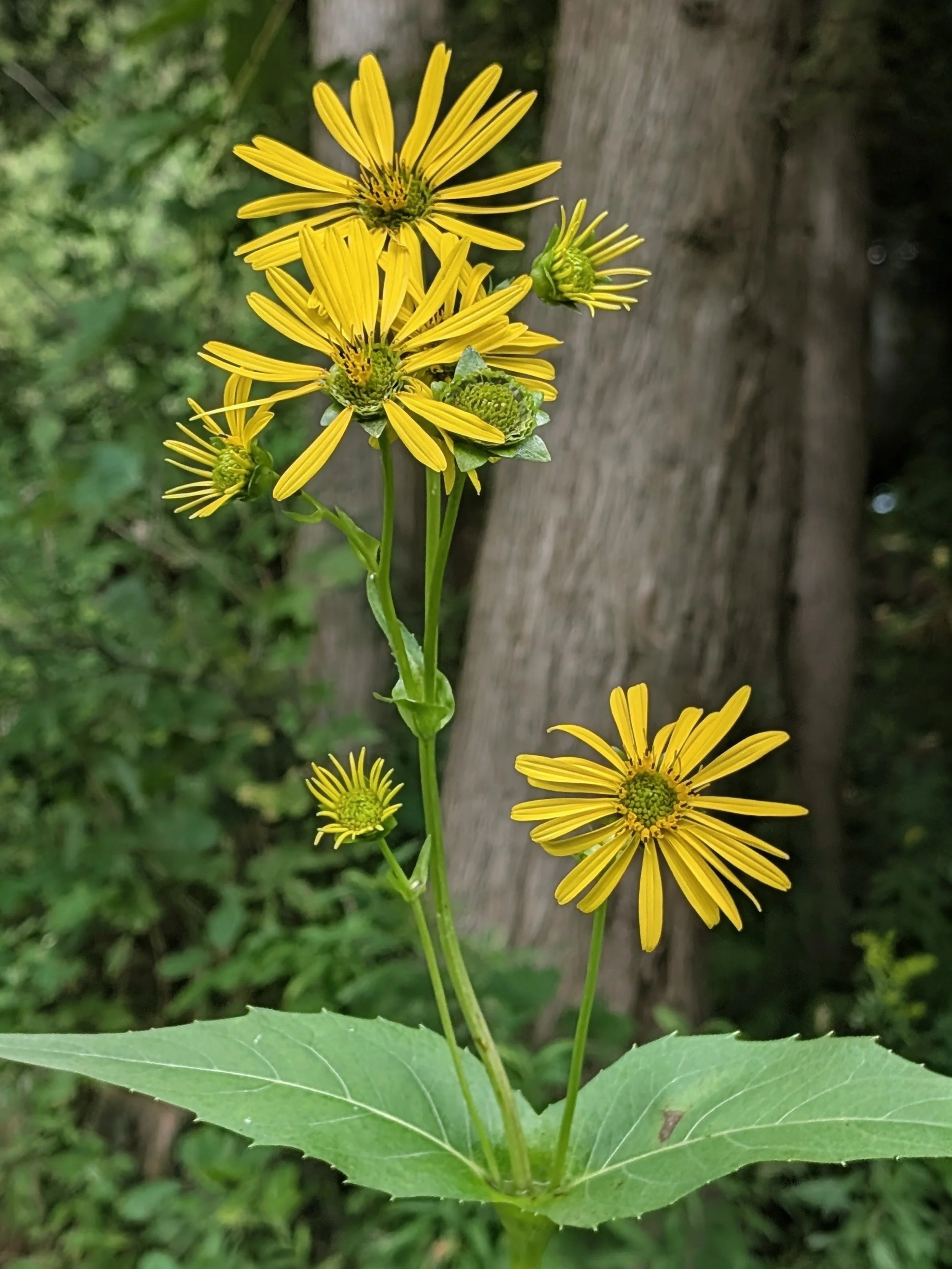Bloom: early to mid-summer
Habitats: along ditches near railroads; fence rows; fens and seeps; lake borders; low-lying woodland edges and thickets; moist black soil prairies; moist meadows near rivers
Lifespan: perennial
Moisture: moist
Plant type (height): forb (4 to 10 feet)
Requirements: full sun to partial sun
Soil: loam
